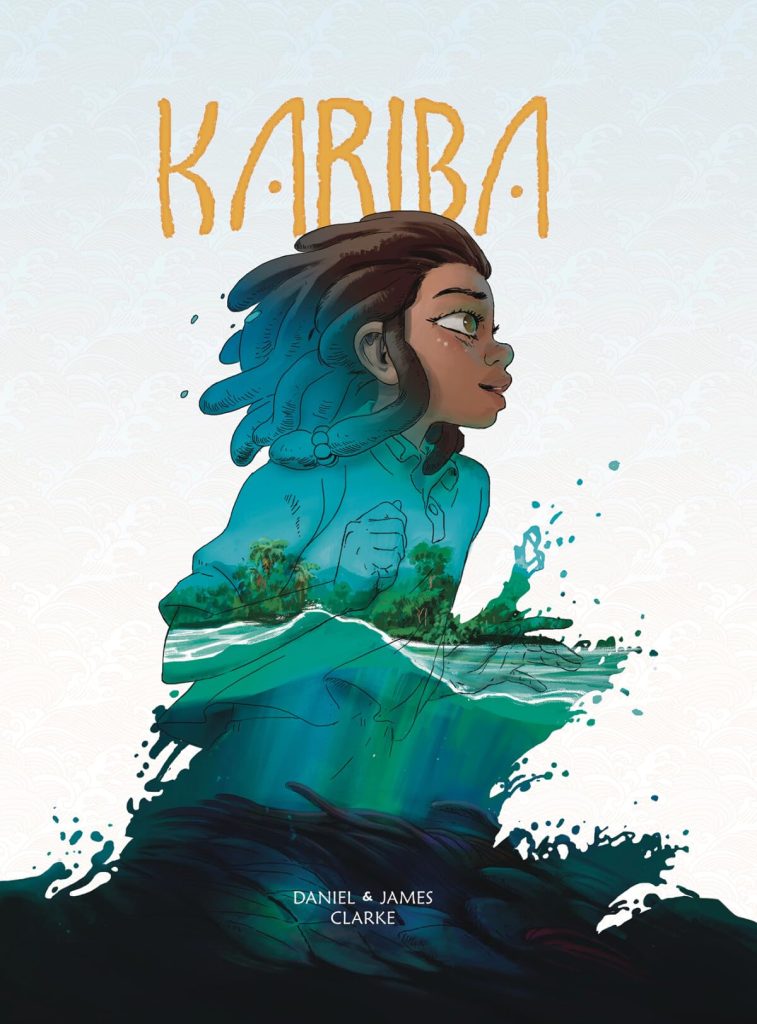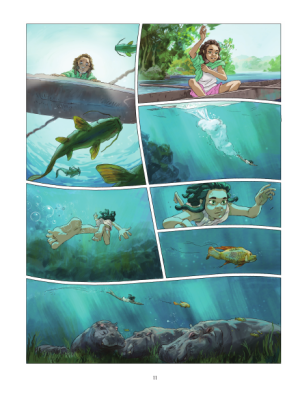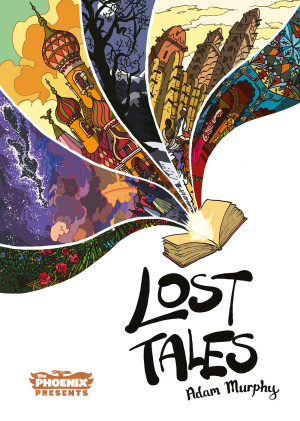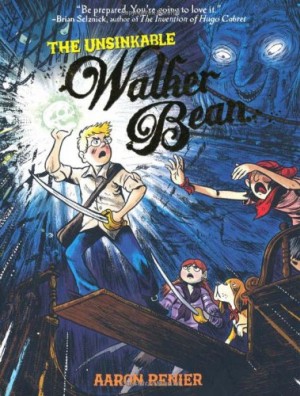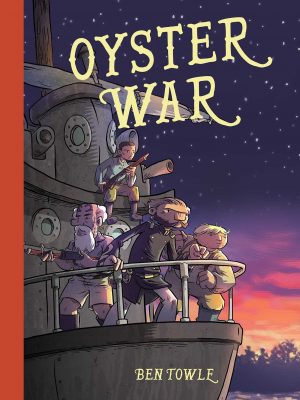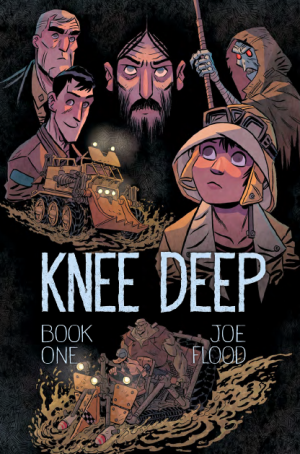Review by Ian Keogh
Kariba begins with a pair of adventurers finding an abandoned baby girl, adopted by Tongai, named Siku, and raised with his wife, but it’s the opening text page that hints where the story is heading. It explains the myth of river spirit Nyaminyami and how in each epoch he must die and be reborn. When Siku faces great danger aged eleven, she manages to call on the river to save herself. Others among the Shonga people are aware of what she is, and what must be done to ensure their way of life. Tongai, though, believes the river spirit can be contained, and work on the nearby Kariba dam might provide an opportunity.
Daniel Clarke, James Clarke and Daniel Snaddon are credited for Kariba’s story with James Clarke scripting and Daniel Clarke on art. They’ve changed a few names, but base Kariba on the myth of a river god in Zimbabwe, with the Kariba dam on the Zambezi one of the world’s largest. The dam still being built sets the story in the 1950s, when Zimbabwe was still colonially occupied Rhodesia. The attitudes and prejudice of the times very occasionally manifest, but the priority is providing a cracking adventure with the dam as a backdrop and a mystical presence rather than hammering home the inequalities.
The artwork is very expressive, with bright flat colours giving Kariba the look of a European album and bringing out the beauty of the landscapes and creatures Clarke supplies. Siku and Amedeo, the companion she picks up when they’re abducted by pirates, are instantly sympathetic as drawn, and Clarke also has an instinct for maximising the action, whether that’s Siku’s powers manifesting, or what occurs on rivers anyway. Because he’s also involved with the writing there’s the confidence to tell the story without words for several pages at a time.
Siku is the beating heart of Kariba, aware in some way that she has a destiny to fulfil and that what others say is true, but enjoying her simple life as it is, and afraid to change. Her visions provide an injection of the spectacular. The characters she’s surrounded by also have depth, perhaps first perceived by their occupation, but almost everyone has human foibles and concerns, and not everyone’s desires can be fulfilled. That leads to a thrilling final scene.
This is a glorious young adult adventure hitting all the right notes. It’s emotionally strong, has a viable quest, suspense hanging over that, is well paced and a respect for various cultures of the times is evident. Even allowing for the creators having experience with animation and television, something as good as Kariba as a first graphic novel really is remarkable.
